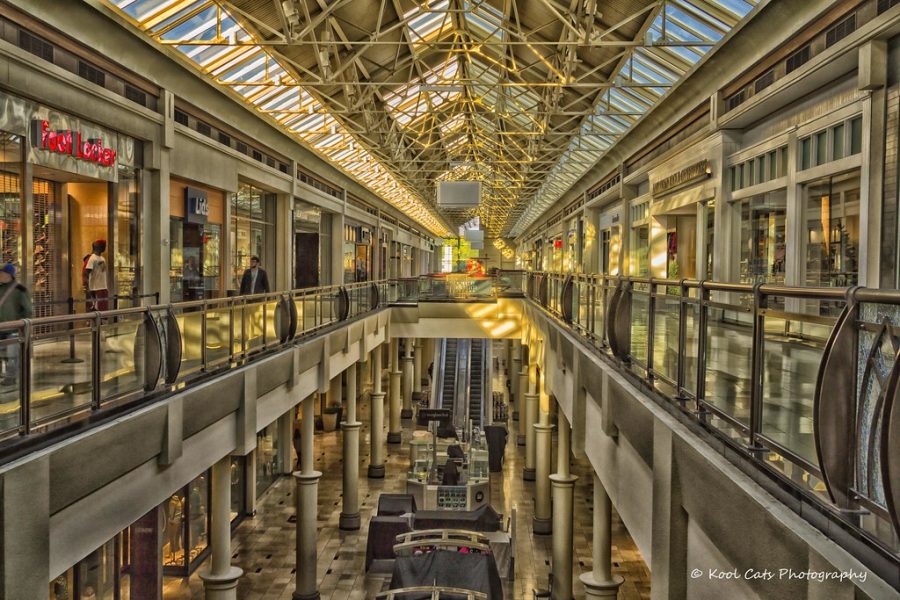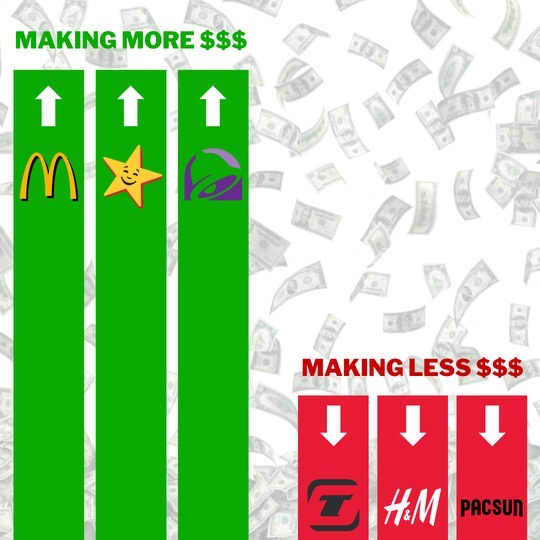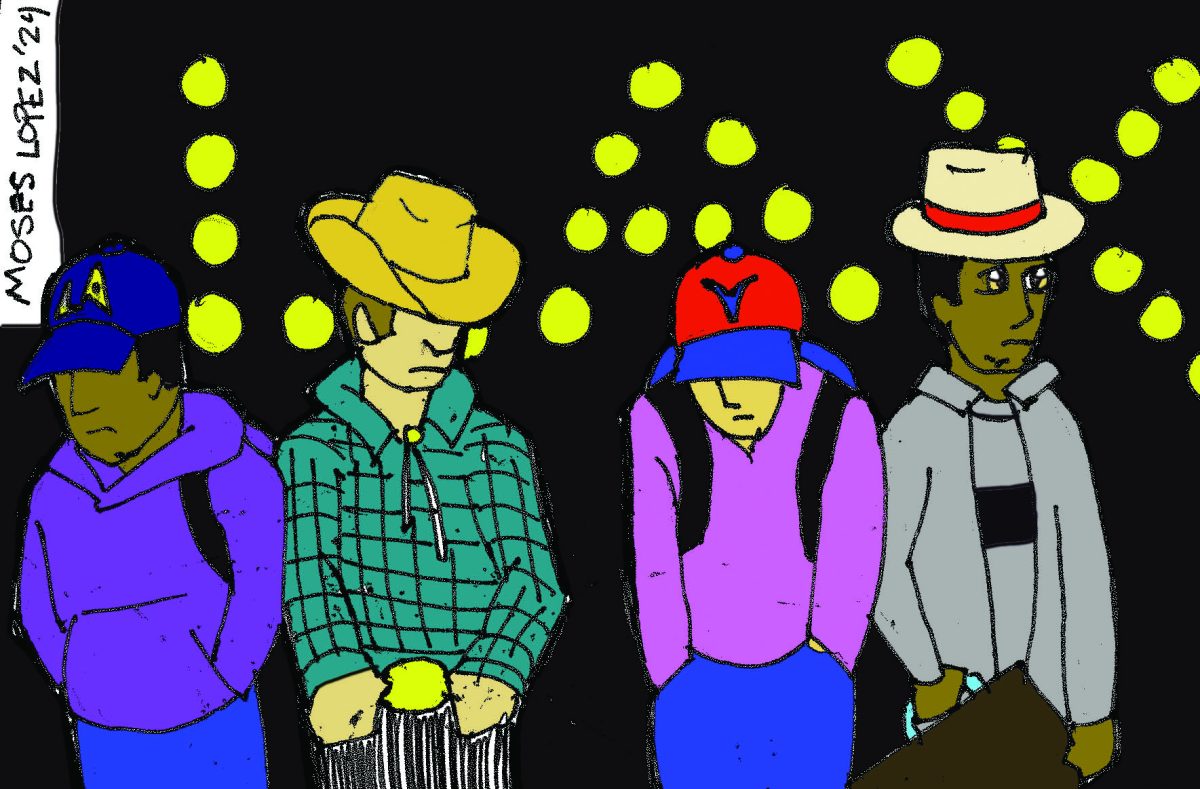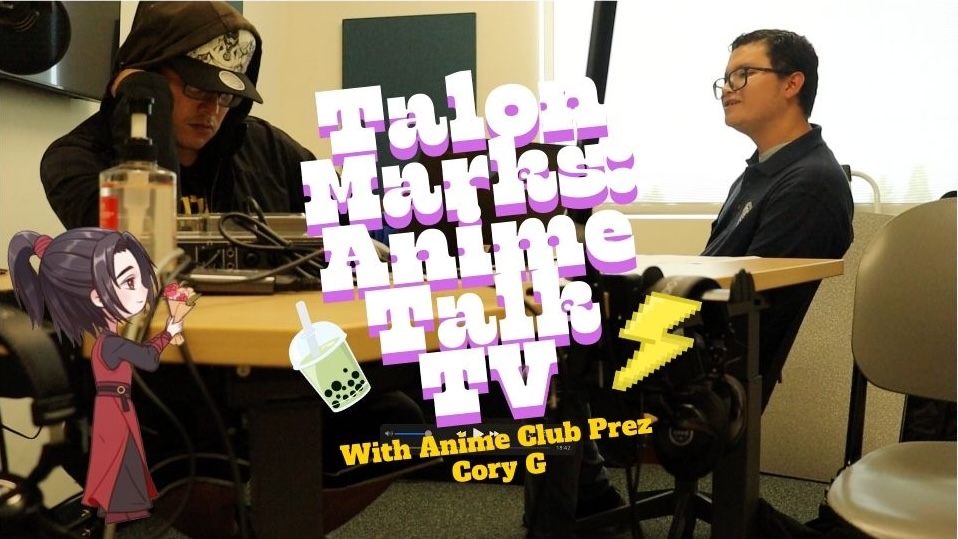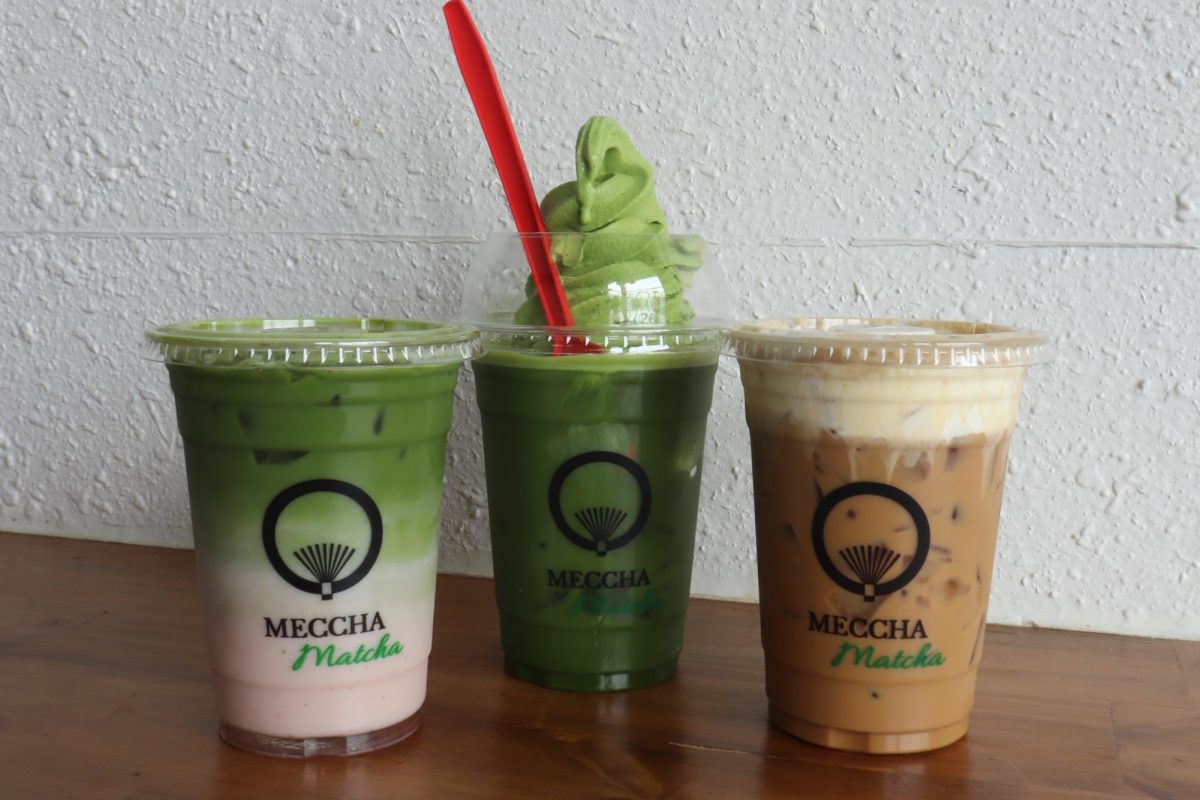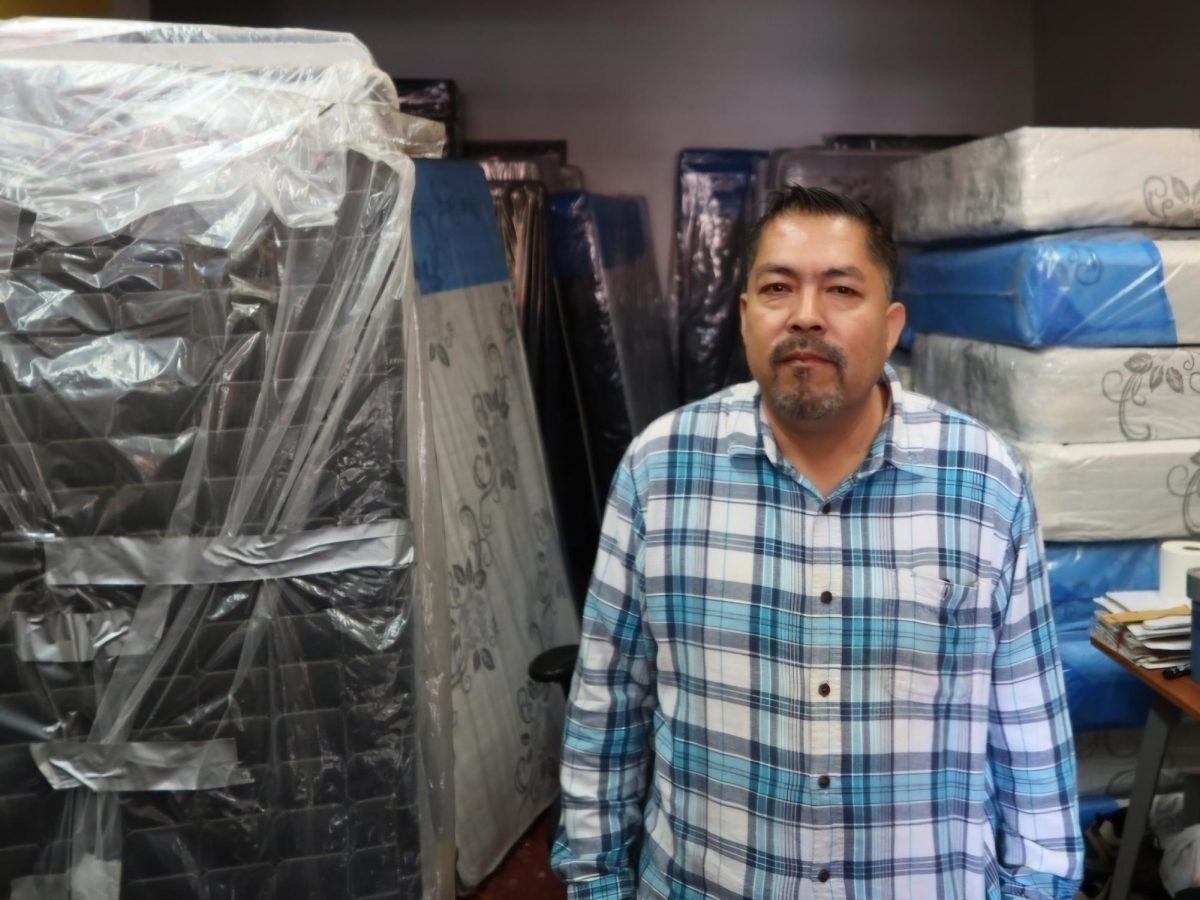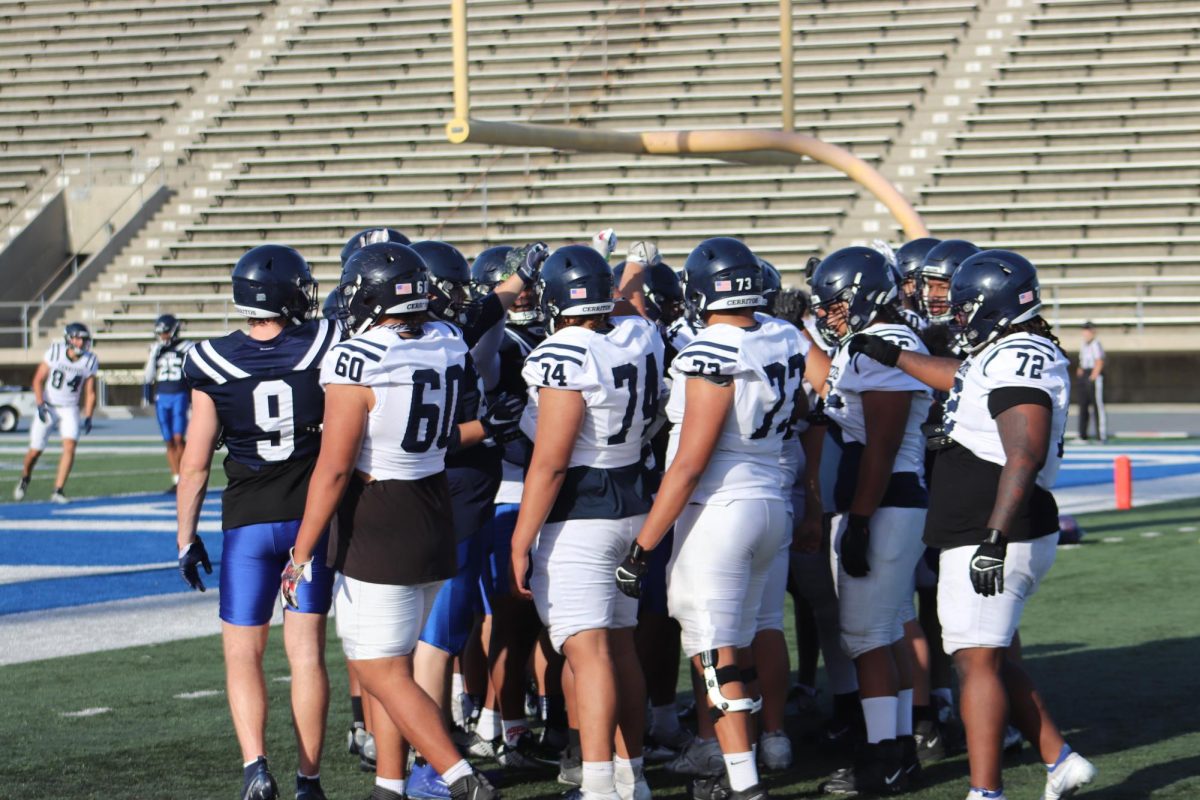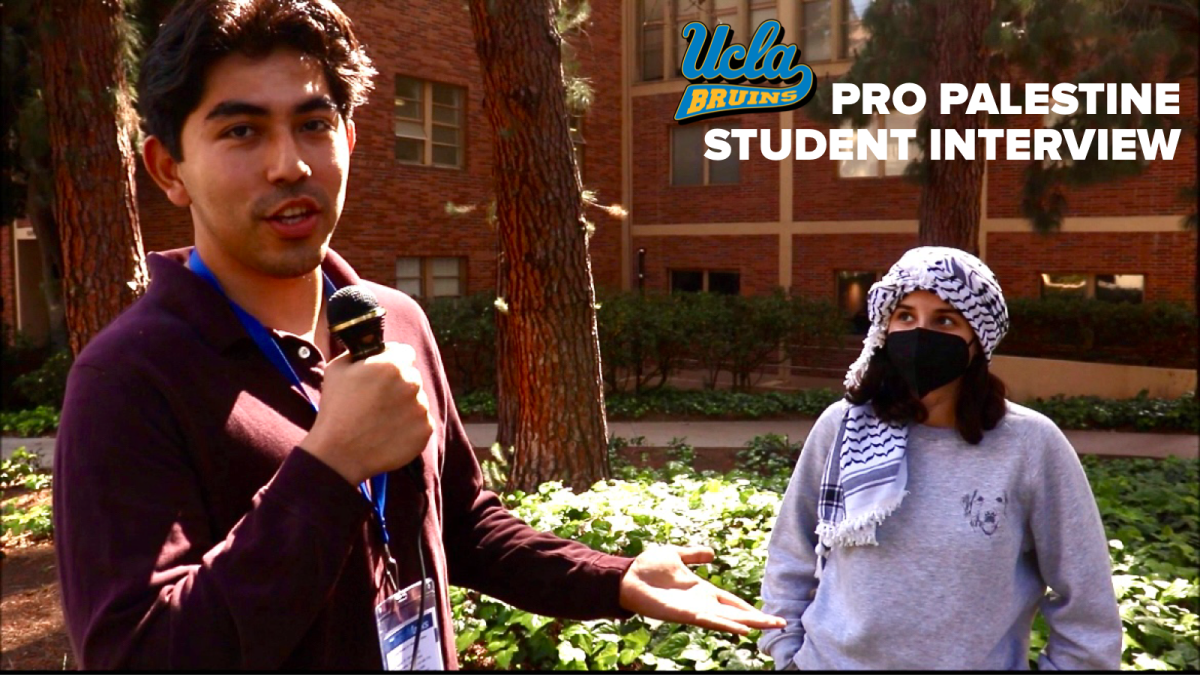Shein is the largest fast-fashion business in the world, making billions a year, but still employs workers in China for a few cents each.
Employees are forced to work around 75 hours a day with only two off days for the entire month. An article from Public Eye talks about the exploitation of workers in Shien.
“According to Chinese labor laws, a working week can go above 40 hours, but overtime cannot exceed 36 hours per month, and workers must have at least one day off per week,” the Public Eye article says.
Every worker in Nancun Village is working without a contract, even though it’s legally required to work, for three yen an hour (47 cents in US currency).
The typical workday for an employee at a Shein factory is 11-14 hours a day with no insurance, premium for overtime, and very cutthroat management.
Seamstress workers are required to be able to keep up with different intricate designs at a fast pace or they risk getting fired, which explains why only experienced workers at Shien.
These sorts of businesses are everywhere though, Shein is just one example.
There are other known brands like H&M, Zara, Forever 21 and Victoria’s Secret just to name a few, so basically everything you find in a mall.
Shedding light on the exploitation of workers just for a quick turnaround on products is important to start changing the biggest flaws in this saturated industry.
There are two ways to combat fast fashion.
To combat fast fashion, you can boycott fast fashion and warn others about the dangers of fast fashion.
There are options to buy clothes that were made in the United States that employ healthy work practices for a higher price but better quality.
American Apparel, Los Angeles Apparel, Levis, Converse and Patagonia are all examples of American-based or sustainable clothing businesses.
Another option is to shop at thrift stores, swap meets, garage sales or second-hand stores. Shopping in a thrift store or swap meet is exciting because there are many different styles of clothing all in one place.
People are still buying Shein’s clothes because their clothes are up to speed on fashion trends.
The truth is that people won’t care enough about Shein’s worker exploitation and continue to buy their clothes. Places like Shein are too convenient for people to just stop shopping.
Completely stopping people from shopping at these places will be nearly impossible unless the entire industry falls apart.
By encouraging alternative ways to shop for clothing, people who would usually buy from Shein can be guided in that direction.
Once people realize that shopping secondhand can be more affordable as well as higher in quality, we can start changing the fast fashion industry.
Spreading awareness of these poor workers and the terrible corporations is an easy way to work towards a more sustainable fashion climate.
Tell a friend about fast fashion, shop secondhand and try to be sustainable every chance you get!





